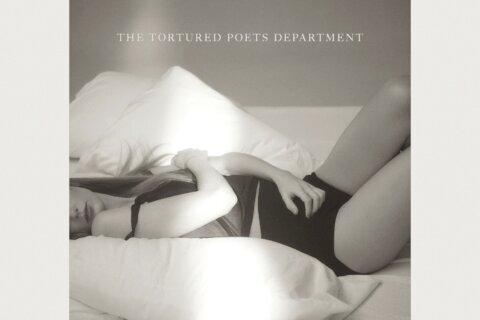WASHINGTON — Starting March 9, the National Museum of Women in the Arts will house an electrifying exhibit — literally.
Nestled among a collection of photographs, sculptures and installations from 36 female artists is a table of kitchen utensils with wires snaked through them. A live current lights up the colanders and ladles, and the hum from the voltage is amplified throughout the space.
“The idea of it, of course, is that the space that we think is very comforting and very natural to a woman, suddenly becomes very dangerous and threatening,” Orin Zahra, an assistant curator at National Museum of Women in the Arts, said about Mona Hatoum’s jolting creation.
“It’s that sort of dark humor that I think people will love.”
Women House, running through May 28, tackles the topic of gender in the built environment. The 90-plus-piece exhibition is a sequel-of-sorts to the original 1972 Womanhouse show, and organizers said in the light of recent events surrounding the Women’s March and the Me Too movement, it’s never been more relevant.
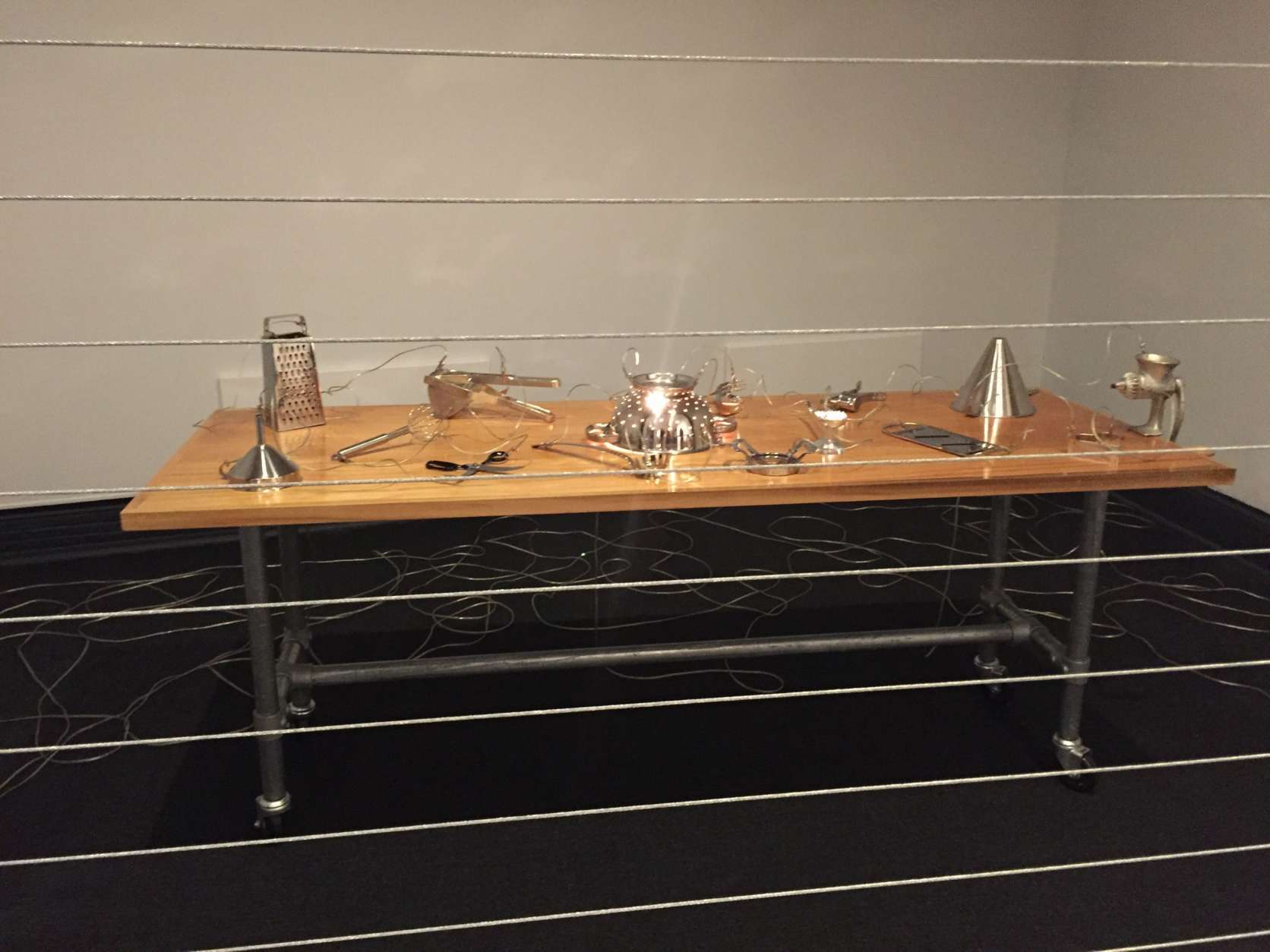
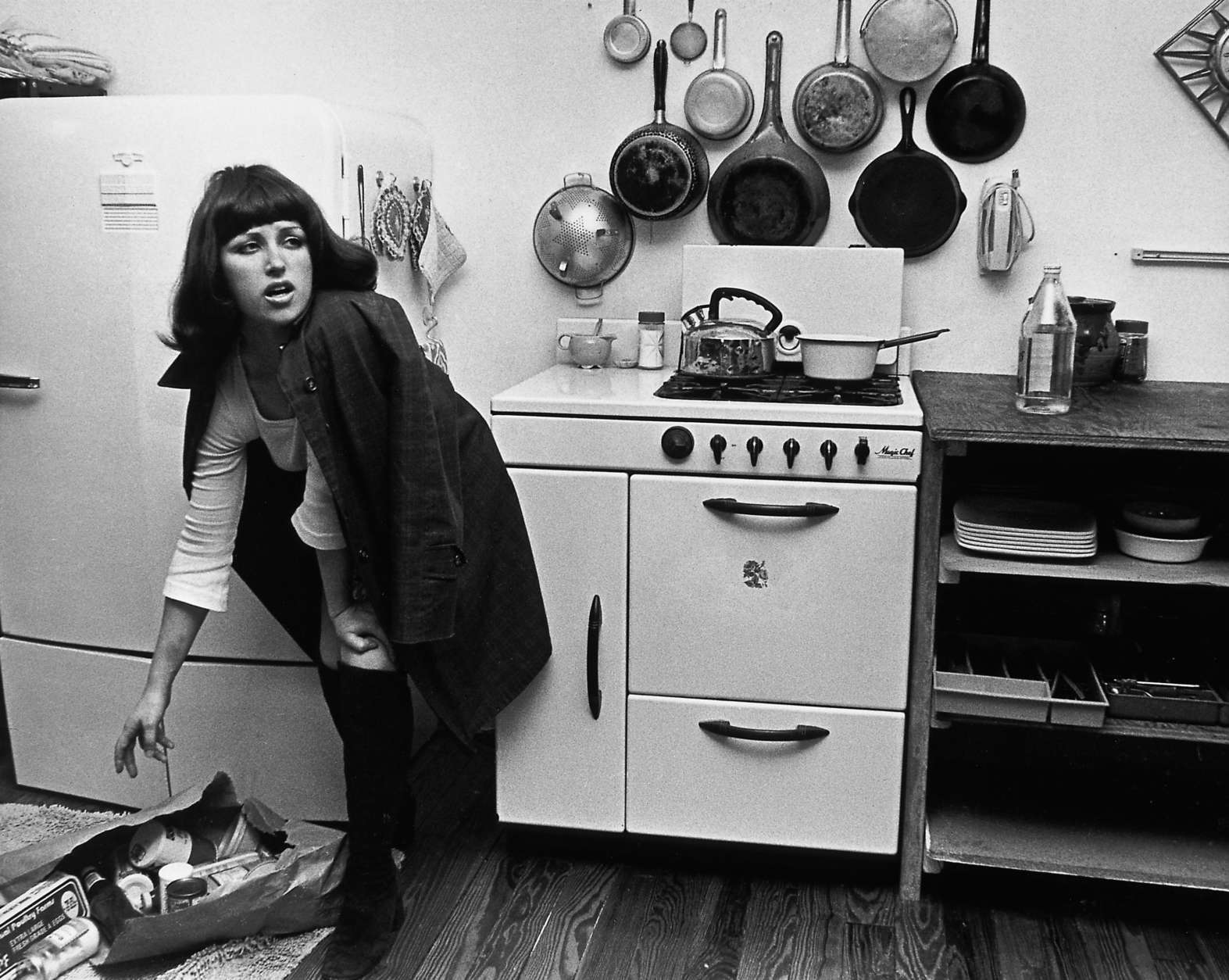
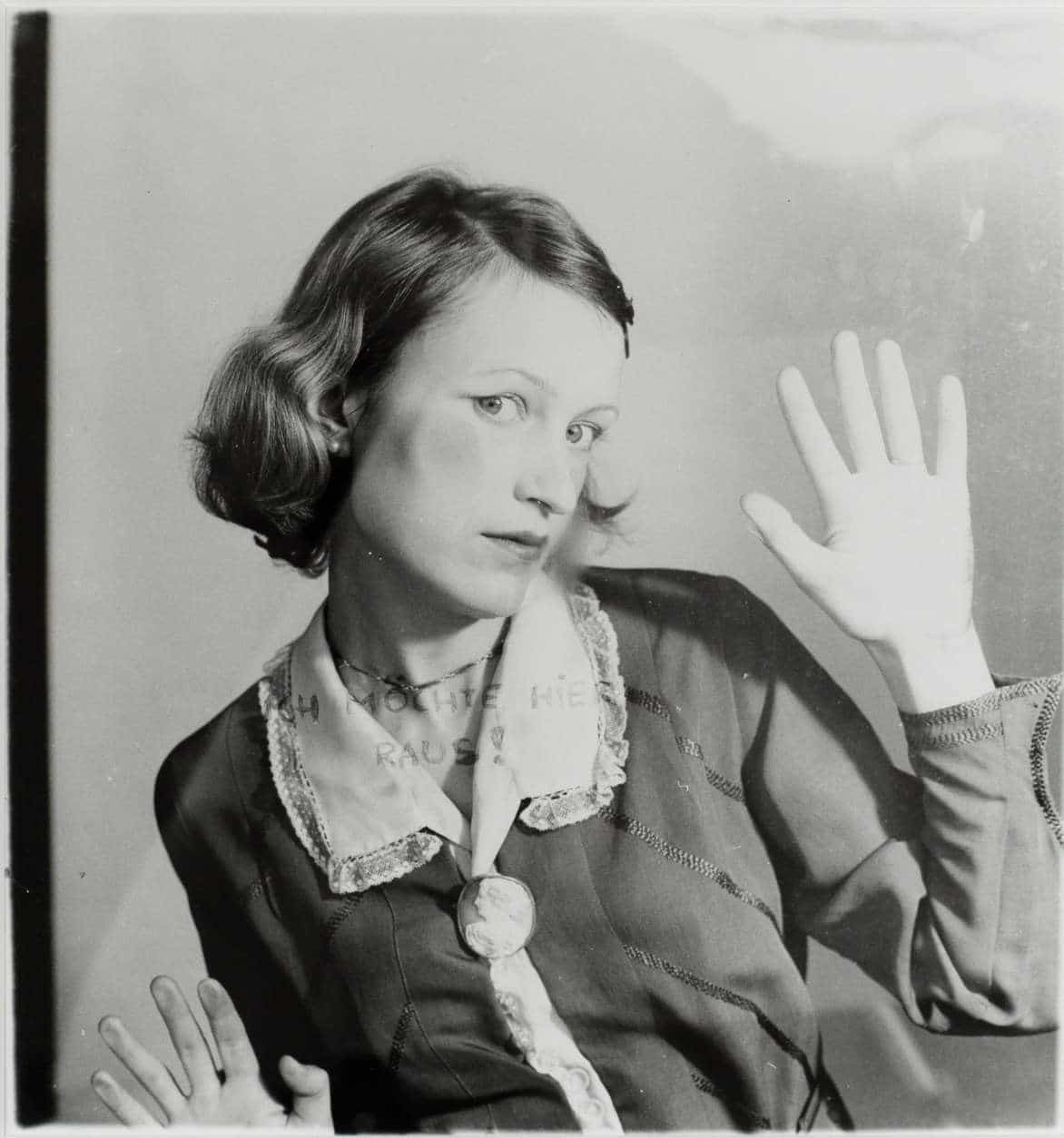
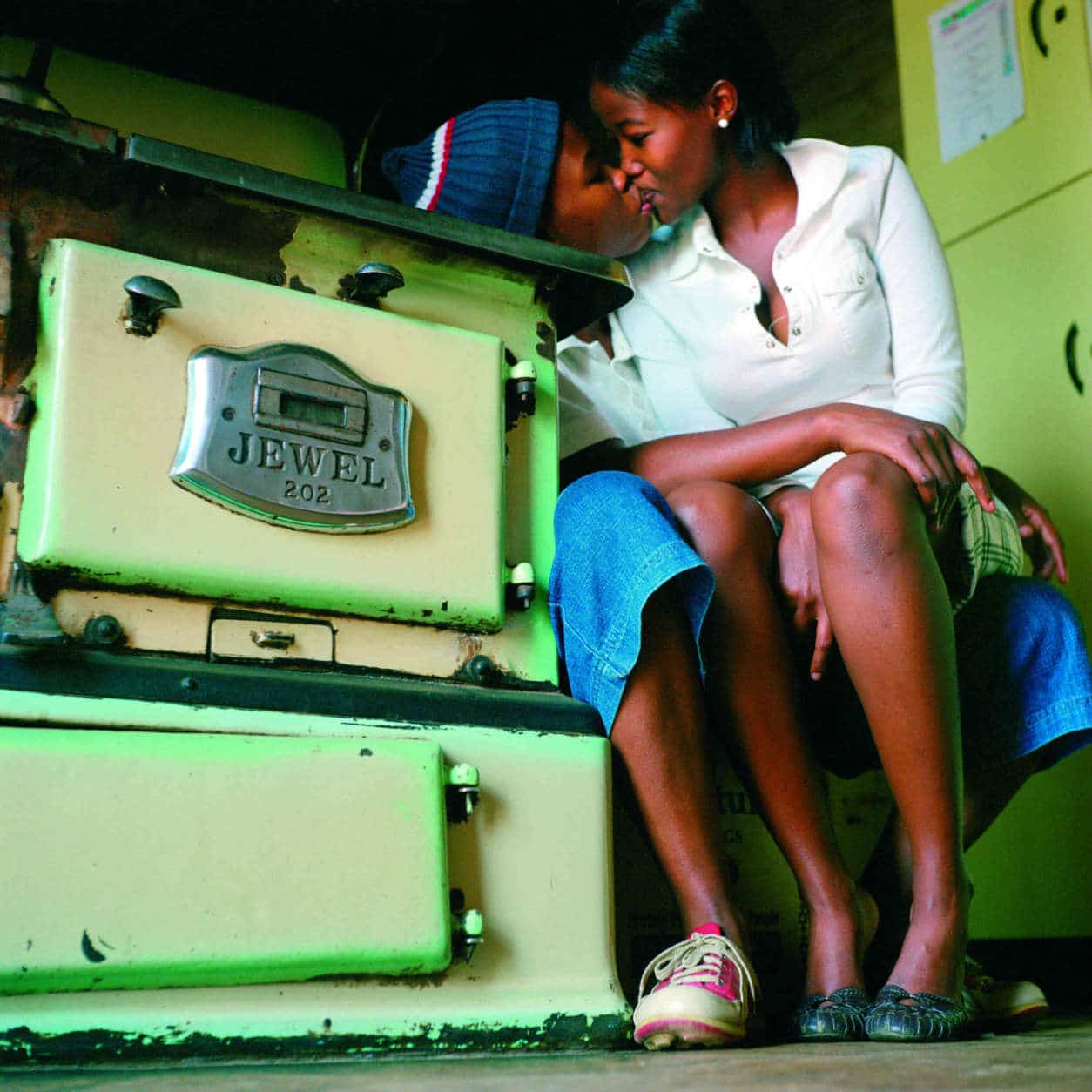
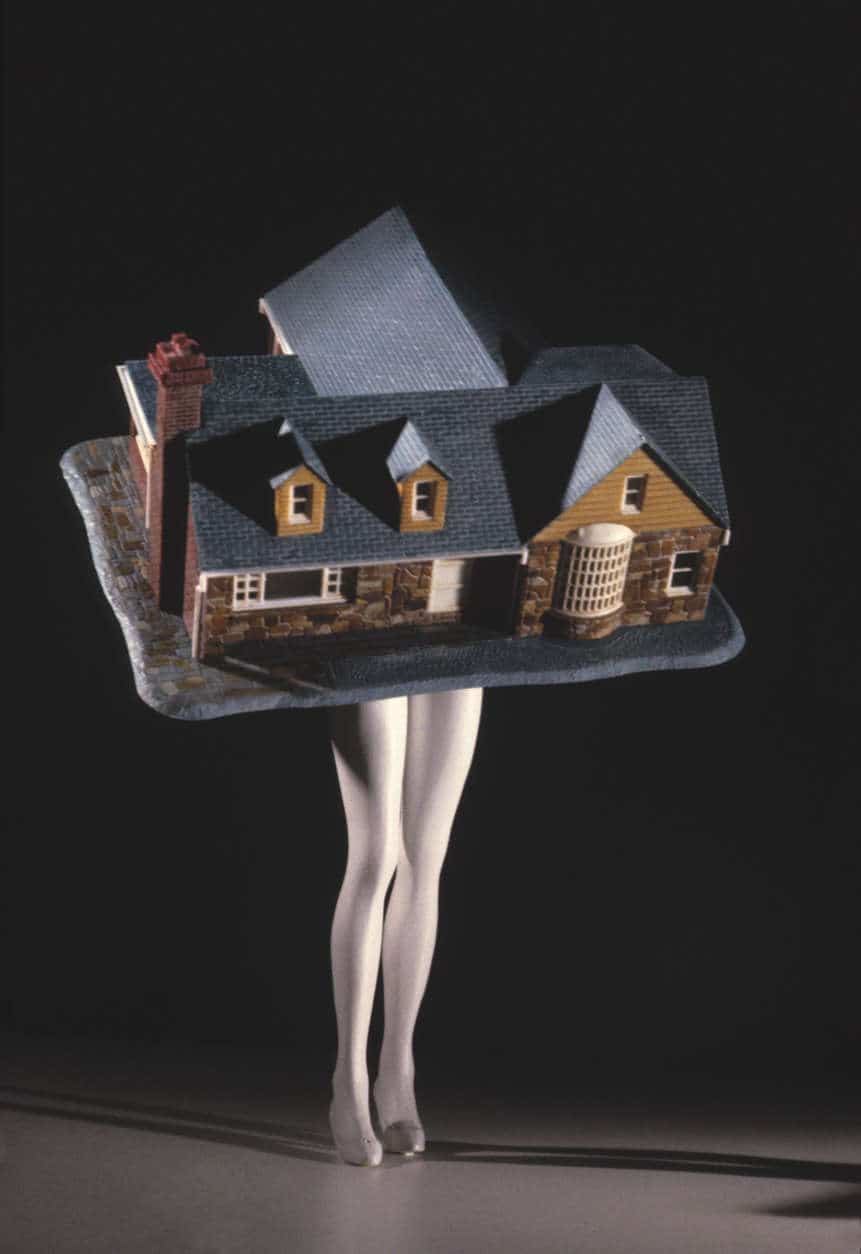
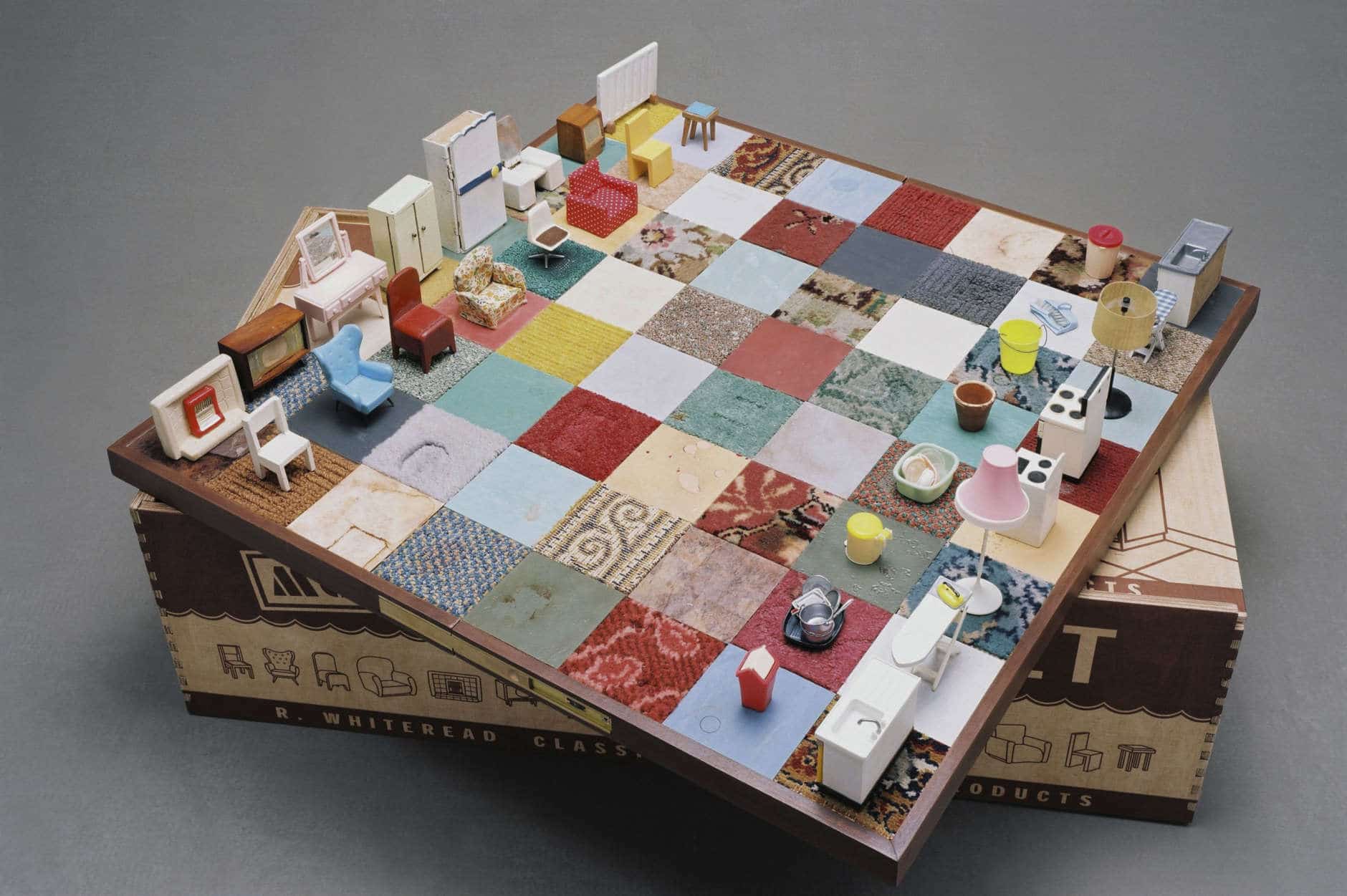
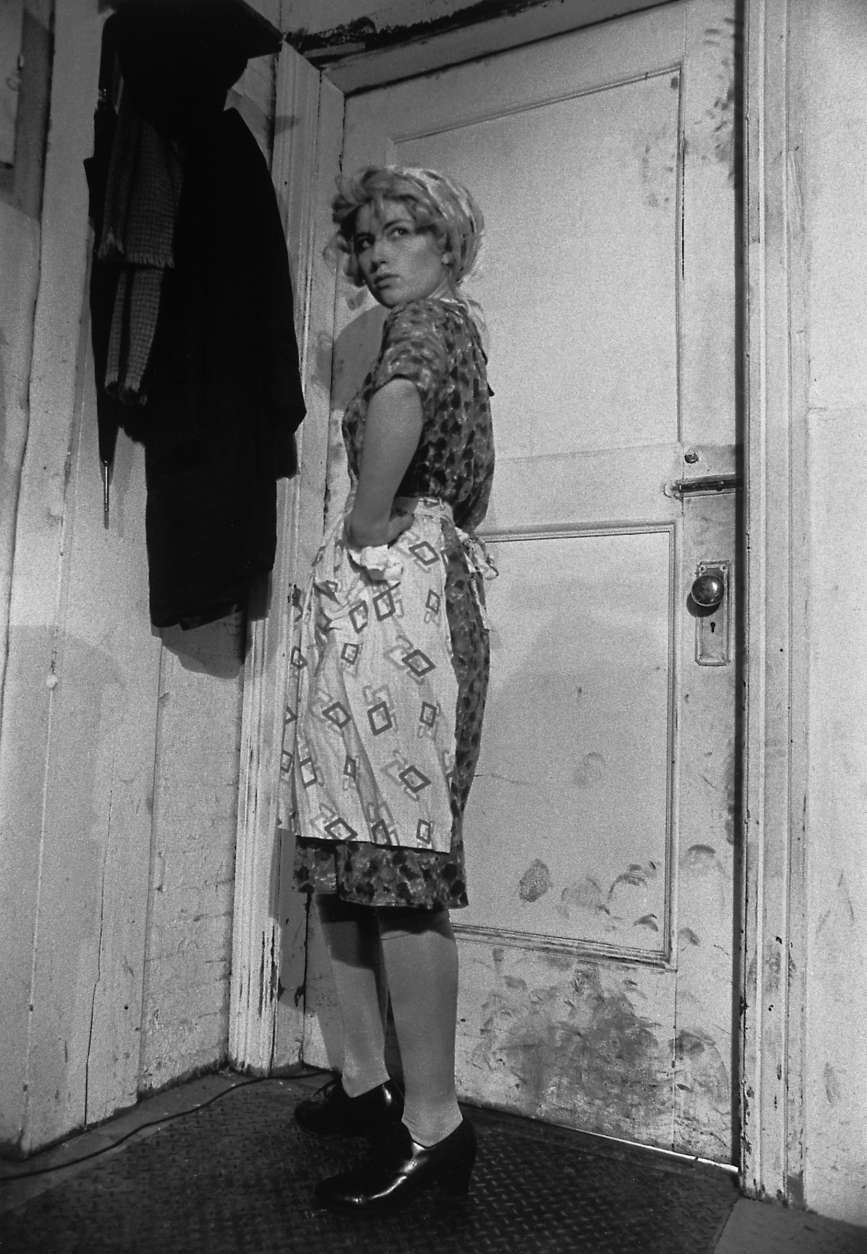
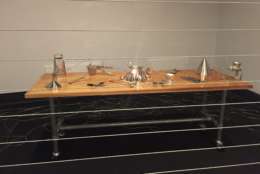
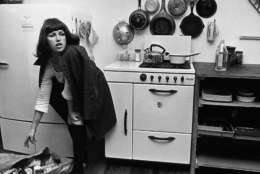
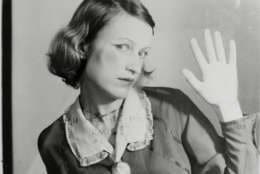
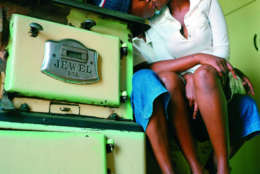
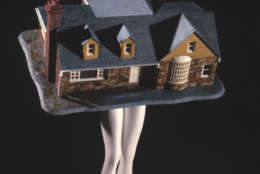
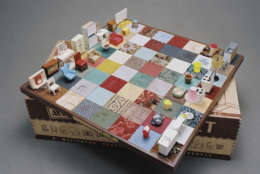
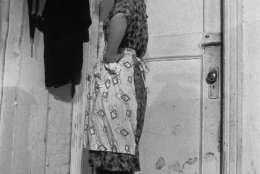
“There are culturally embedded ideas about spaces that are considered feminine and spaces that are considered masculine,” Zahra explained.
“For example we may have grown up seeing our moms and grandmothers in the kitchen, and we automatically assume that the kitchen is a feminine space.”
The participating global artists challenge these conventional ideas from many different viewpoints, with both honesty and humor.
A chess board from Rachel Whiteread is covered with patches of fabric, much like a quilt. The pieces are common household staples, including an ironing board, a refrigerator and a stove. A print by Laurie Simmons shows a house perched on top of bare legs.
“For some people, the home is oppressive; for some people, the home is a shelter; and for some people, it’s about community,” Zahra added.
“It shows a plurality, a multiplicity of viewpoints as to what home can mean to a woman.”
Women House is a collaboration between The National Museum of Women in the Arts and La Monnaie de Paris. In addition to the exhibition, the museum is celebrating Women’s History Month with discussions, films and tours. More information is available on its website.

